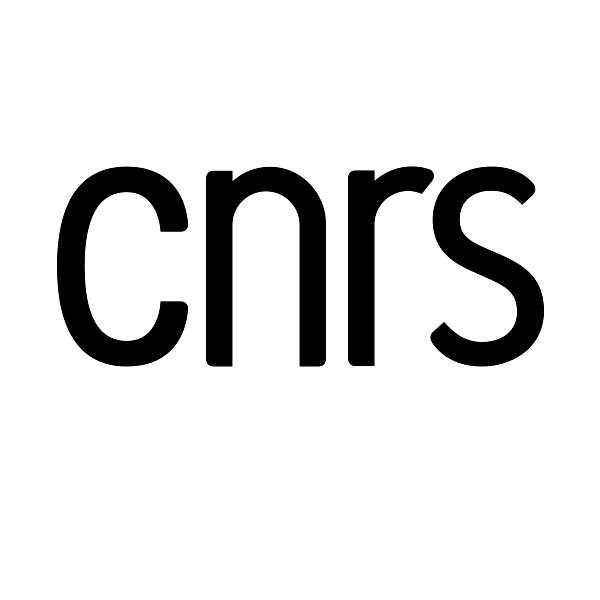Since the creation of the Biomolecules, Synthesis and Methods” research group in 2011, we have been involved in several areas of molecular chemistry. Our current research focuses on 3 topics, which are supported by the MatLight High-Throughput Experimentation Center (link).
Development of innovative organic reactions
Towards N-heterocycles and N-containing building blocks
In recent years, our research has focused on the synthesis of novel nitrogen-containing heterocycles and building blocks for applications in the pharmaceutical and agrochemical industries. Domino Diels-Alder cycloaddition reactions have proven to be powerful tools in this work, enabling the rapid construction of complex products from simple building blocks. Our current efforts are directed toward synthesizing fused N-heterocycles through the intramolecular domino [4+2]/retro-[4+2] cycloaddition approach. In a second approach, we focus on copper-catalyzed processes to access functionalized N-containing building blocks.
Chemistry of the emerging fluorinated Substituents
Among the emerging fluorinated groups, the pentafluorosulfanyl group (SF5) has garnered increasing attention due to its potential applications in heterocyclic synthesis, materials science, and medicinal chemistry. Despite its promise, the synthesis of SF5-containing compounds and the expansion of their structural diversity remain significant challenges. In 2020, our group began investigating the reactivity of the SF5 group and developing novel synthetic methods to address these challenges.
Total synthesis of biologically active natural products.
Buruli ulcer is a necrotizing skin disease found in over 30 countries, predominantly in West and Central Africa, but also in Australia and, more recently, Japan. This infection is caused by Mycobacterium ulcerans, which secretes a toxin known as mycolactone. Since 2006, our group has been engaged in a multidisciplinary research program at the intersection of total synthesis and immunology, aiming to unravel the mode of action of this human toxin.
We have developed a modular synthetic strategy that enabled us to uncover the first structure-activity relationships of mycolactone. This work has led to the preparation of a library of over 40 analogs of this complex natural product. Through collaborations with research laboratories worldwide, we are exploring the structural biology and immunological properties of this intriguing toxin.
Application of synthetic chemistry to interdisciplinary problems at the intersection of chemistry, biology, and physics.
Our expertise in synthetic organic chemistry has fostered collaborations across diverse scientific disciplines. Currently, we are actively engaged in the synthesis of key building blocks for organic electronics, photopolymers, ordered one-dimensional materials and foldamers.

